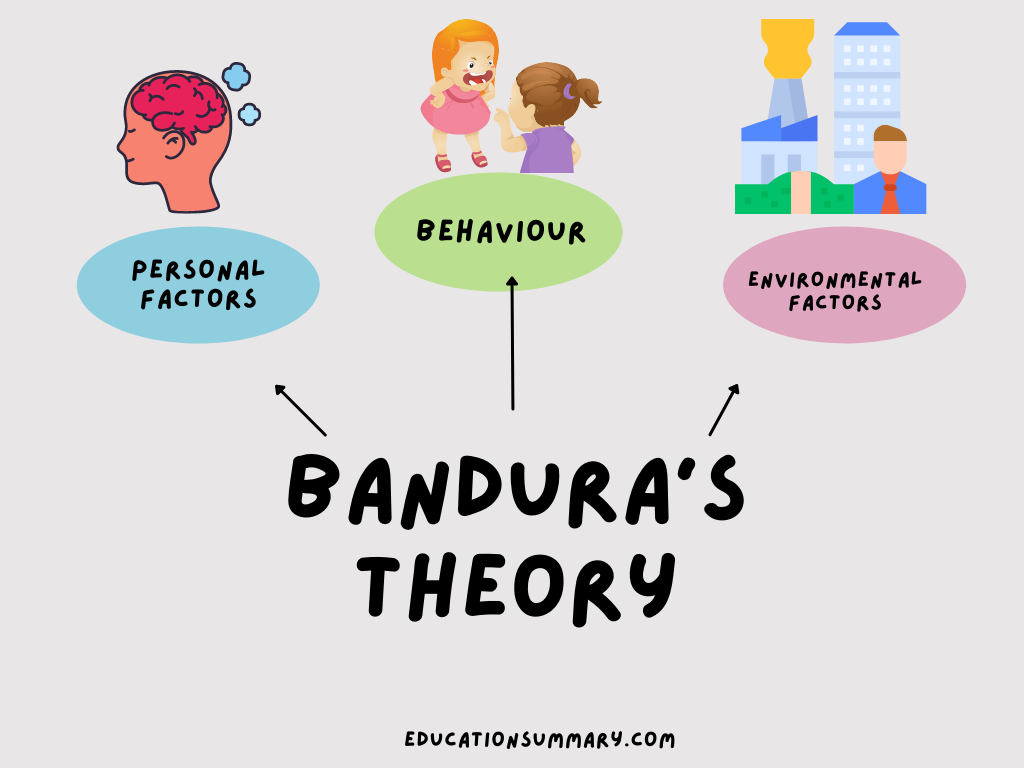Bandura Social Learning Theory in the Classroom with Examples
Back to: Learning and Teaching – Unit 2
Introduction
Albert Bandura was a Canadian-American psychologist who is renowned for his social learning theory. Unlike other psychologists, he does not view learning to directly stem from reinforcement, punishment, and conditioning. Instead, he asserts that observation, imitation, abs modeling are key in learning human behavior.
His social learning theory states that human beings learn social behavior through the observation and imitation of the behavior of others. His social learning theory is regarded as the bridge between cognitive and behaviorist learning theories which encompasses motivational processes, memory, and attention.

Educational Implications of Social Learning Theory in the Classroom
The social learning theory of SLT processing includes the following processes for learning:
Observation
Human beings observe the behavior of other people.
Imitation
Once the behavior is observed, human beings assimilate and imitate the behavior that is observed.
Modeling
Following observation and imitation, human beings try to imitate the behavior modeled by people who they think are similar to them.
Examples of Social Learning Theory
This theory can aid social workers to gain a better understanding of the development of a specific behaviour and enables them to understand whether they should encourage others or act as role models.
Bandura also asserted that children learn aggressive behaviors when they see the aggressive behavior of others being rewarded or reinforced.
Conclusion
According to Bandura’s social learning theory, human beings learn from a social context when they interact with others.

